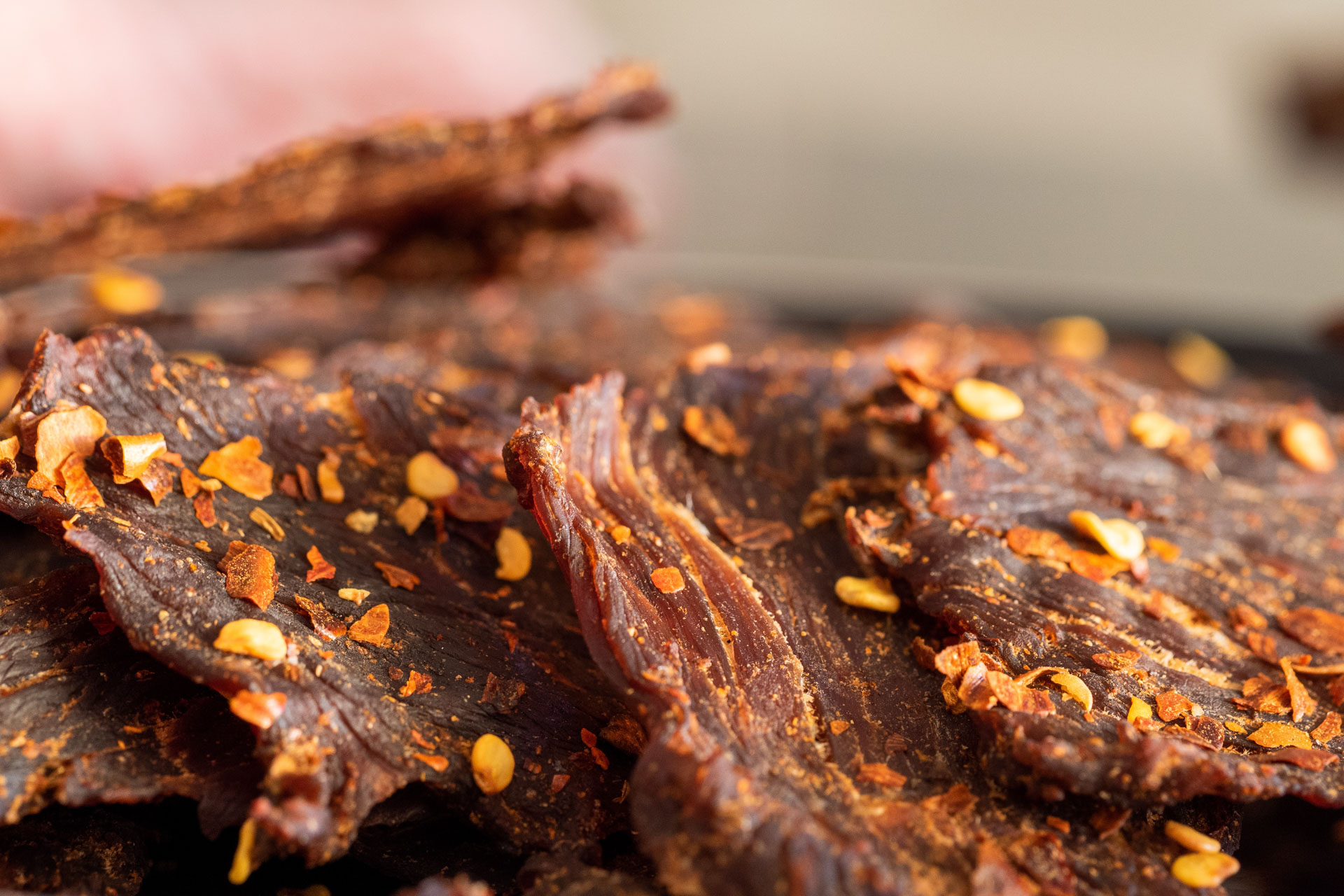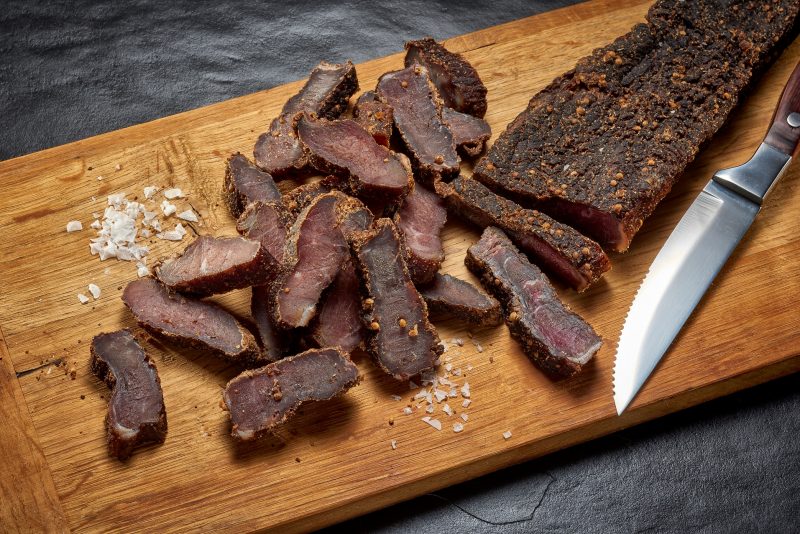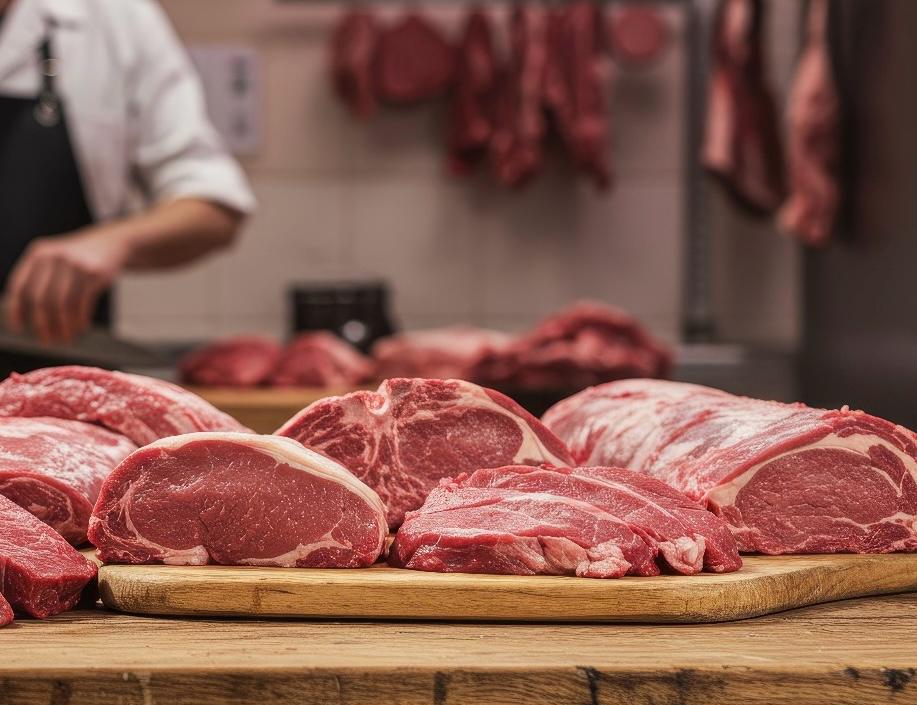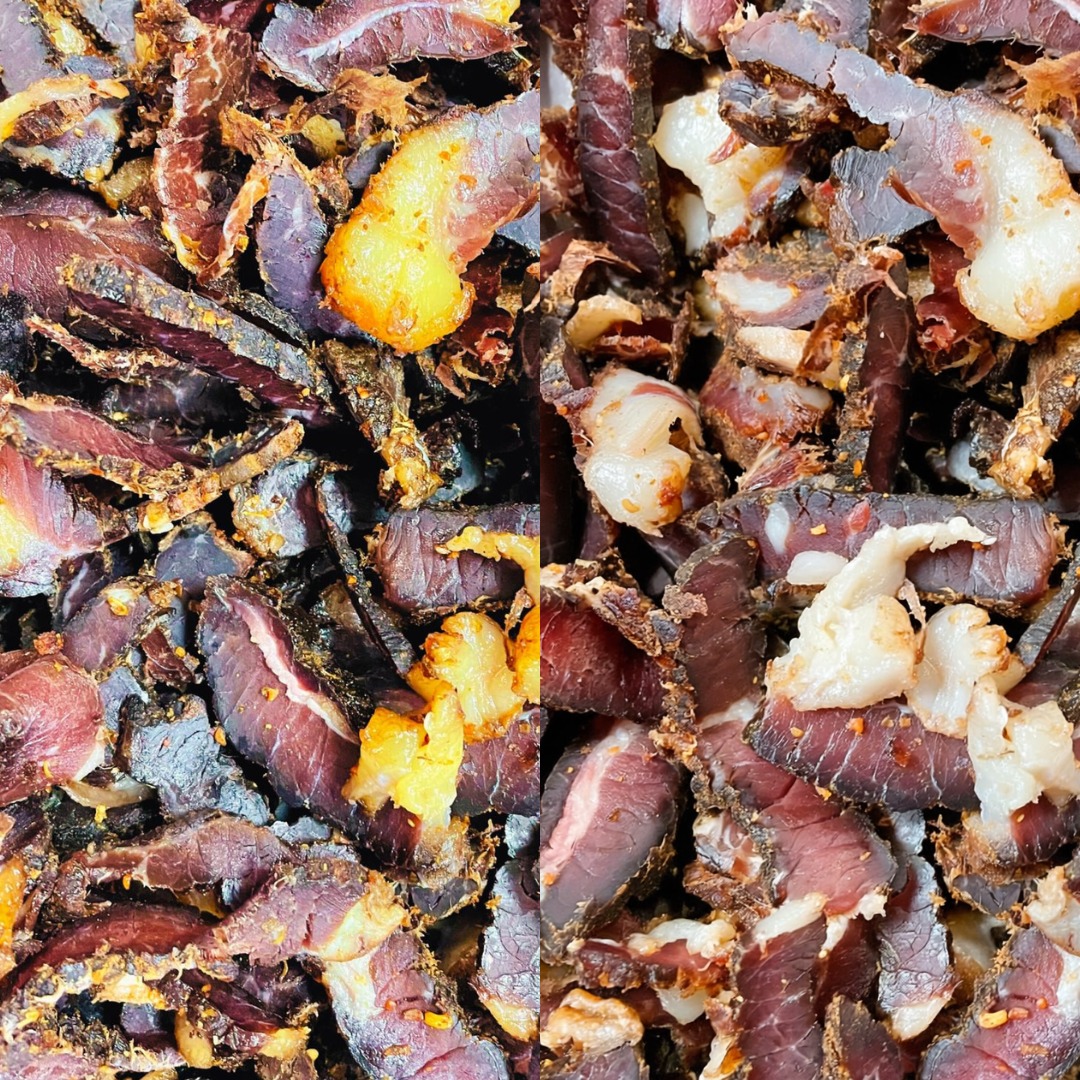The Global Origins of the Biltong Slicer – Now Reimagined by Kalahari Khabu
Did you know that the humble biltong slicer has its roots in a completely different tool?
It all started in England, where cast iron and die-cast aluminium bean slicers were used in kitchens to slice runner beans before freezing or pickling. These early hand-cranked devices—like the one made by Armstrong & Co in the 1930s—were simple, sturdy, and built to last.
After World War II, Dutch engineers and tinkerers began adapting these slicers in Europe, modifying them to cut through meat instead of just vegetables. Germany took this idea further, redesigning them to slice cold cuts, sausages, and dried meats—laying the foundation for what we now recognise as the meat slicer.
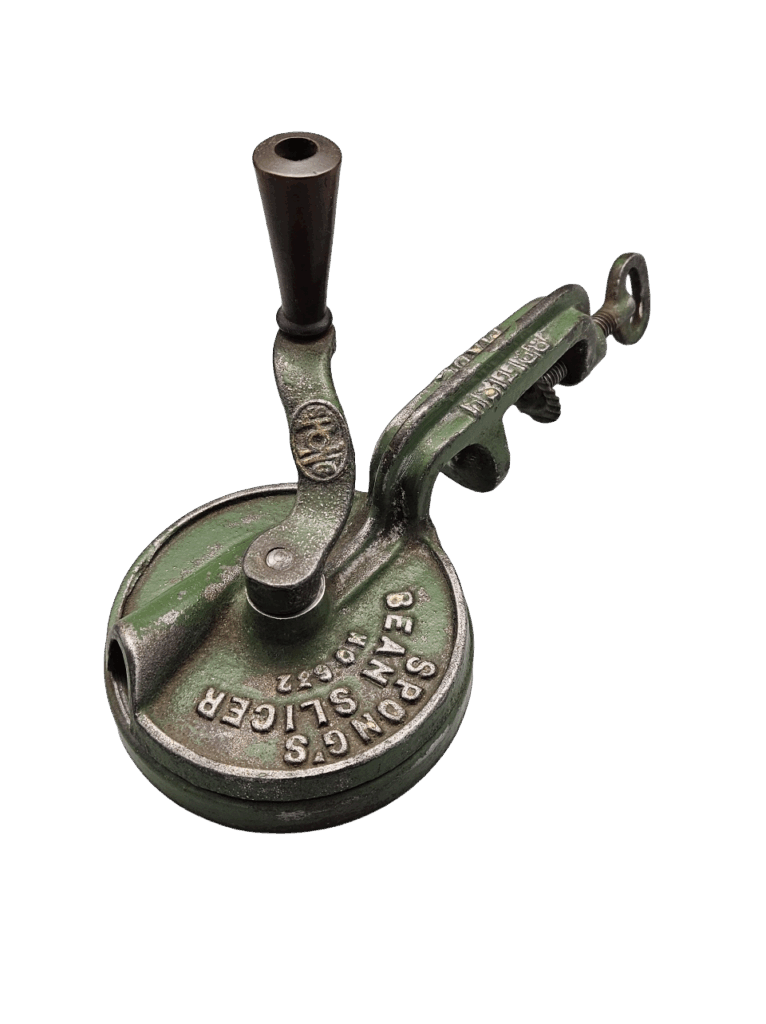
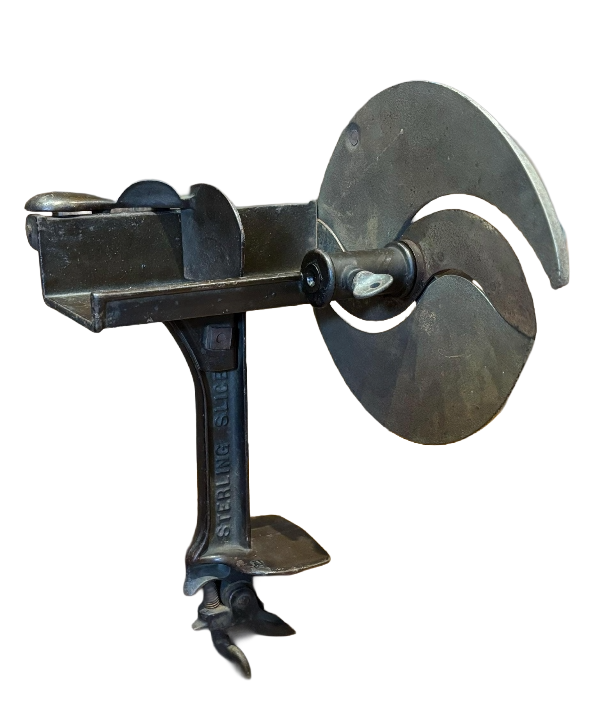
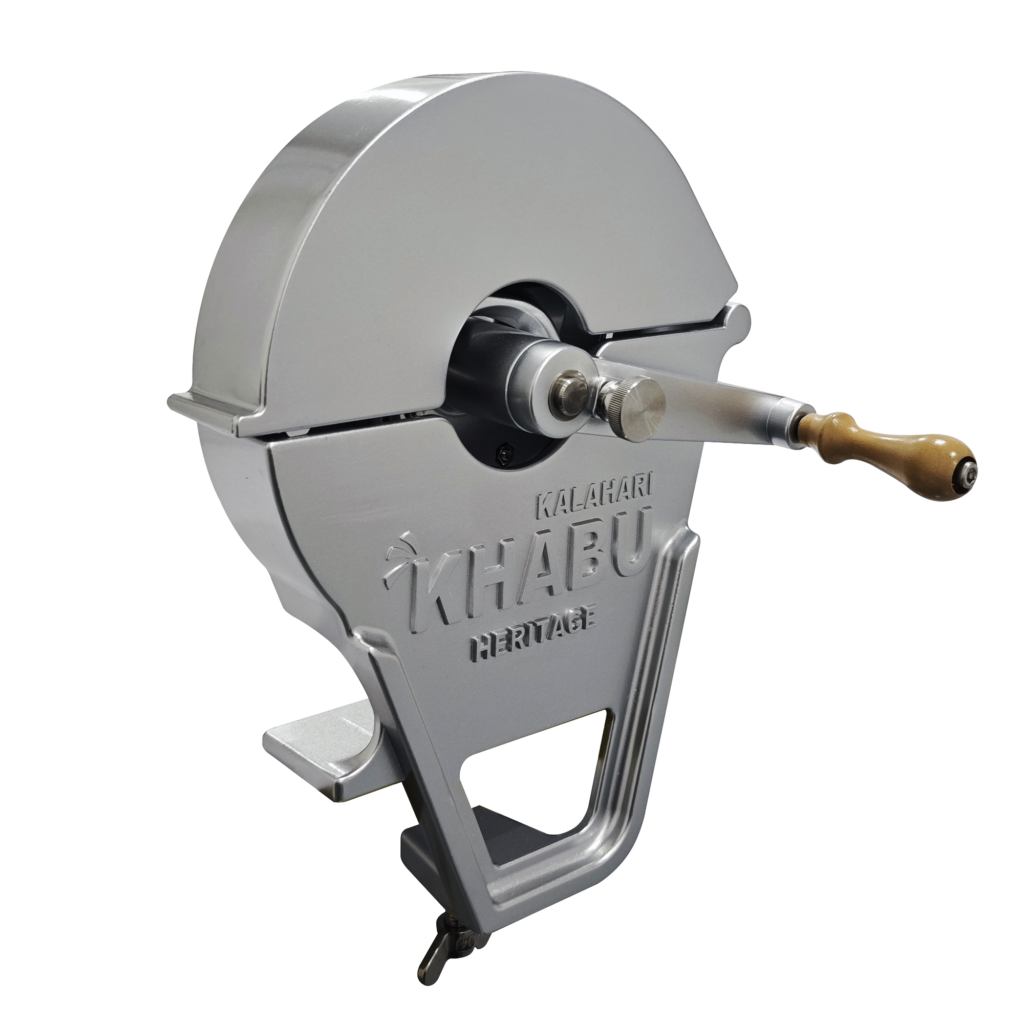
By the 1950s, the design made its way to America, where it was industrialised for butcheries and delis. Then in the 1980s, mass production shifted to Asia, making slicers more accessible and affordable for homes and small businesses around the world.
Eventually, these global influences found their way into South African homes, where meat drying wasn’t just a tradition—it was a way of life. South Africans adapted these slicers once more, giving rise to the specialised biltong slicers we know and love today.
At Kalahari Khabu, we’re proud to honour this global journey by building slicers that combine heritage, precision, and timeless craftsmanship—designed specifically for the biltong lover. ✨
📦 Built to last. Designed to impress. Rooted in history.
#KalahariKhabu #BiltongSlicer #HeritageCraftsmanship #FromBeanToBiltong #MadeForMeatLovers #BiltongEverywhere


